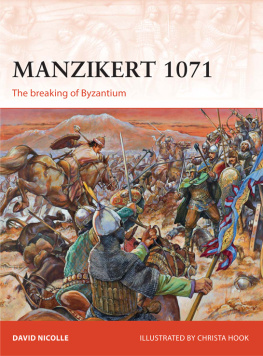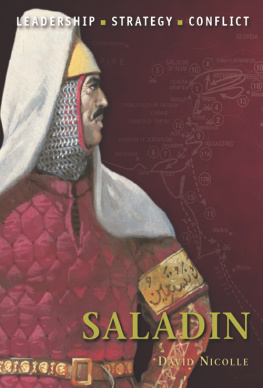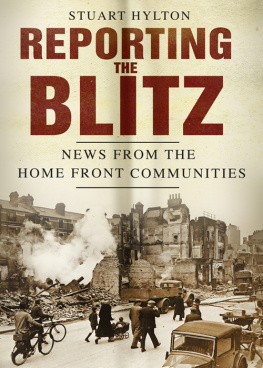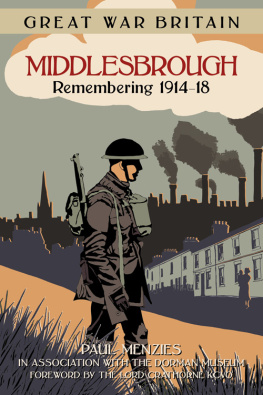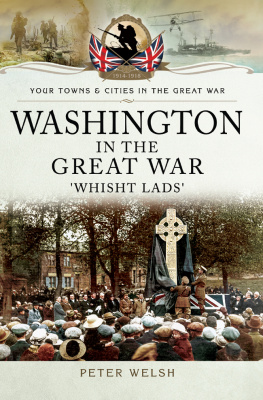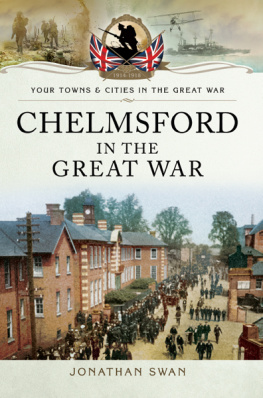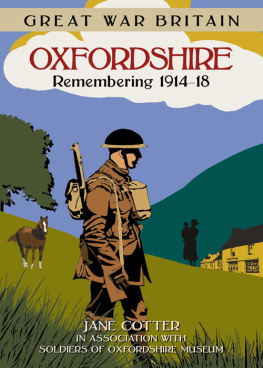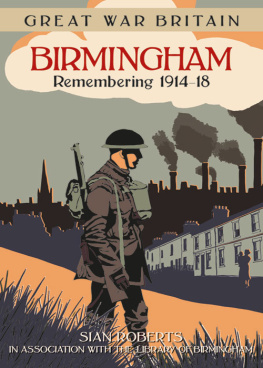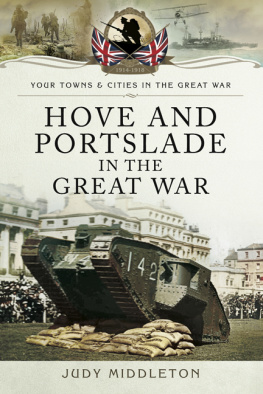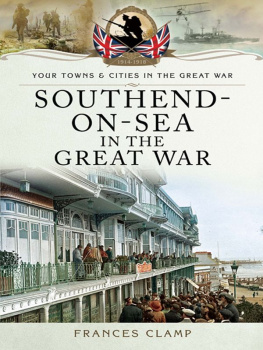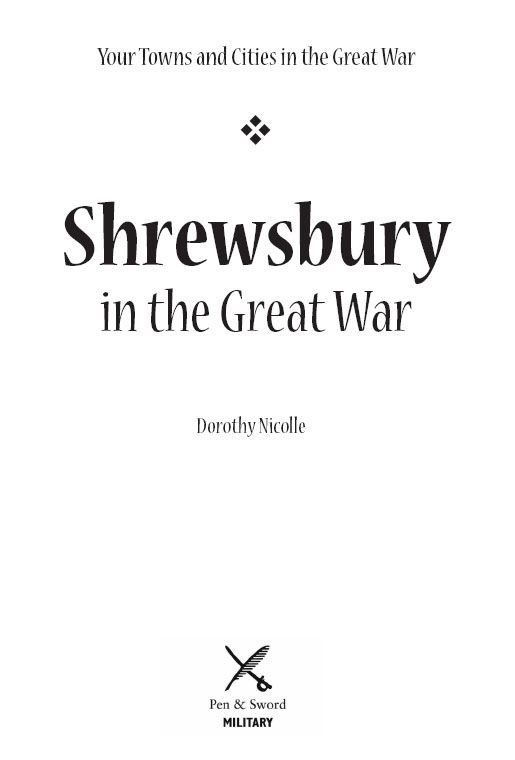
First published in Great Britain in 2015 by
PEN & SWORD MILITARY
an imprint of
Pen and Sword Books Ltd
47 Church Street
Barnsley
South Yorkshire S70 2AS
Copyright Dorothy Nicolle, 2015
ISBN 978 1 78383 113 5
eISBN: 9781473849464
The right of Dorothy Nicolle to be identified as the author of this work has been asserted by her in accordance with the Copyright, Designs and Patents Act 1988.
A CIP record for this book is available from the British Library.
All rights reserved. No part of this book may be reproduced or transmitted in any form or by any means, electronic or mechanical including photocopying, recording or by any information storage and retrieval system, without permission from the Publisher in writing.
Printed and bound in England
by CPI Group (UK) Ltd, Croydon, CR0 4YY
Typeset in Times New Roman
Pen & Sword Books Ltd incorporates the imprints of
Pen & Sword Archaeology, Atlas, Aviation, Battleground, Discovery,
Family History, History, Maritime, Military, Naval, Politics, Railways,
Select, Social History, Transport, True Crime, and Claymore Press,
Frontline Books, Leo Cooper, Praetorian Press, Remember When,
Seaforth Publishing and Wharncliffe.
For a complete list of Pen and Sword titles please contact
Pen and Sword Books Limited
47 Church Street, Barnsley, South Yorkshire, S70 2AS, England
E-mail: enquiries@pen-and-sword.co.uk
Website: www.pen-and-sword.co.uk
Contents
Abbreviations used in the book:
Chronicle | Shrewsbury Chronicle |
DORA | The Defence of the Realm Act |
KSLI | Kings Shropshire Light Infantry |
MAB | Metropolitan Asylums Board |
VAD | Voluntary Aid Detachment |
Dedication
Wars are not just about the soldiers who fight. Those who wait at home suffer too. This book is particularly dedicated to those who stay at home during war time, the families and friends of the fighting men, who in their own way also serve their country .
Chapter One
A brief history of Shrewsbury
THROUGHOUT ITS HISTORY the town of Shrewsbury has known much of war. Its very position, sitting on a hilltop site and surrounded by the natural moat of the River Severn, tells us that the first people who settled here had the threat of warfare and the need for defence very much on their minds.
We dont know when the first people settled here. When the Romans first arrived nearly two thousand years ago they found the region was already occupied by a warlike people, the Celts, who had established hill forts that dotted the landscape. From such fortified positions individual tribes could watch over their own territories and that of neighbouring tribes always ready to grab any opportunity to raid their neighbours cattle.
Then the Romans arrived. They had no need of the protection afforded by forts strategically placed on the tops of hills. Their strength was in their legions and the psychological terror such efficient soldiers inflicted on the people they overran. So it was that when the Romans established a legionary base they chose a low-lying site near the banks of the River Severn some four miles east of Shrewsbury, a site that we now know as Wroxeter. As time passed the legions moved on, first to Chester and then to northern England and relative peace descended on the region.
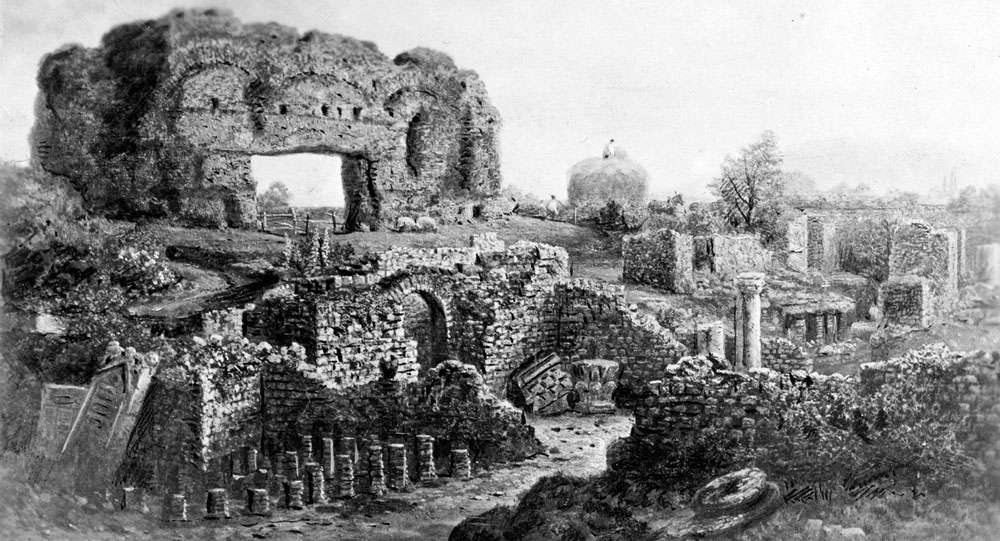
The Roman ruins at Wroxeter.
This peace lasted for several hundred years but was eventually torn apart by the arrival of a new breed of warrior-people the Anglo-Saxons and it was they who chose the site we now know as Shrewsbury. Those Saxons chose well. A hill-top site, presumably with some form of palisade or ramparts around it, almost completely surrounded by river and what would, in those days, have been pretty soggy, permanent marshland. Even the towns name reminds us that this was a carefully chosen and fortified site. The bury element in Shrewsbury tells us that this was a burgh town, a fortified town. And it needed to be.

Shrewsbury Castle.
Shrewsbury was the new settlement established by an invading group and therefore needed protection from attack from the natives whom they had displaced those Welsh people, as they came to be known. Indeed, even the name Welsh comes from a Saxon word that meant foreigner which is a bit cheeky really, when you come to think of it because it was the Saxons who were the real foreigners.
And so, for the next few hundred years an uneasy truce (with regular interruptions as the two groups raided each others livestock) would have been the customary way of life for anyone living here. Until the arrival of the next invaders the Normans.
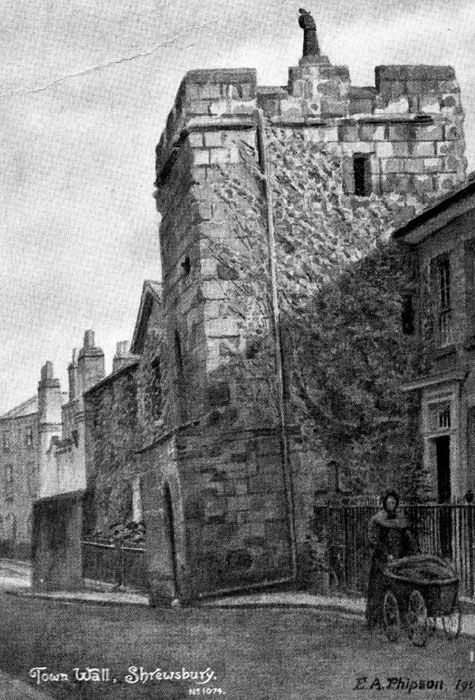
Medieval tower on Town Walls.
The Normans set about a systematic domination of the nation they had just defeated. In Shrewsbury Roger de Montgomery built a castle; it was one of a whole series that protected the English-Welsh border those Welsh were still proving to be troublesome and were to remain so for the next few hundred years. In fact their attacks on the town were such a regular feature of life that in the 1240s King Henry III decreed that whatever protection the town had at that time was insufficient and proper stone walls should be built. Stretches of this wall still survive along with one tower.
From then on Shrewsbury became more of a base from where English armies could depart on campaigns into the Welsh hills. Its an indication of just how secure the Shrewsbury people felt once these walls had been built when one considers that within some forty or so years, they were already building houses abutting those walls. Doing this must inevitably have impeded access along the walls for defenders in times of attack and yet it was still allowed.
With the Welsh held in check beyond their borders and the only real fighting for professional soldiers taking place in France the Shrewsbury people settled down to what they did best trading and Shrewsbury prospered. It became a major market centre for the region and the wealth of those centuries can still be seen in the fine old timber buildings that adorn the town.
But life wasnt without its troubles. In the year 1403 Shrewsbury was to be the scene of a major battle between King Henry IV and the rebel Henry Percy, son of the Earl of Northumberland, who is generally better known as Harry Hotspur. Just a couple of miles to the north of the town the two armies met on 21 July. Parleys were held but none of the main protagonists really wanted to avoid a fight and so the battle began at around four oclock that afternoon. It lasted for some three or so hours and at the end of that time probably somewhere in the range of 6,000 men lay dead or dying.
The Battle of Shrewsbury was not an important battle historically. It never changed a dynasty; indeed, it could be said to have confirmed Henry IVs position as king since he had usurped the throne some four years before. On the other hand, it was an extremely important battle militarily. This was the first battle fought on English soil where both sides used the longbow to devastating effect. Moreover, the teenage son of the king could be said to have been well and truly blooded here he was the future King Henry V, the future victor of the Battle of Agincourt. And blooded he certainly was, being wounded in the face by an arrow.


